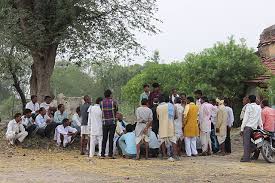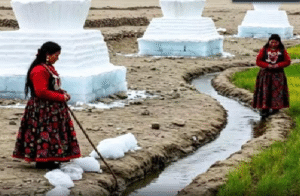Traditionally, Panchayats were village-level bodies composed of local elders who handled disputes, made decisions about community welfare, and administered resources. These bodies operated informally in villages across India, long before formal legislation.
In 1912, the Panchayat Act was introduced by the British colonial government. The intent was to formally structure local governance in rural areas by setting up village panchayats. However, the implementation faced several challenges, including a lack of political will and limited powers of these Panchayats, resulting in little success.
It provided a legal framework for setting up Panchayats in villages. It aimed to increase local self-governance but was primarily designed for administrative convenience rather than empowering local communities.
After independence, the Panchayat system was revitalized through the Panchayati Raj Act of 1952, which aimed to promote decentralized governance and grassroots democracy. The Act was part of the broader vision to ensure better administration of rural India and give people in villages a voice in their governance.
To promote self-governance and empowerment at the local level. To address local issues such as agriculture, infrastructure, and public health. To facilitate economic development in rural areas through democratic processes.
The Panchayat system was made three-tiered, consisting of:
Gram Panchayat (village level)
Panchayat Samiti (intermediate block level)
Zila Parishad (district level)
Elected representatives were included at all levels, ensuring democratic participation in governance.
The system was designed to increase the participation of rural communities in governance, especially women and marginalized groups.
The Panchayati Raj system created a decentralized structure of governance where decisions could be made at the grassroots level, giving local people more control over their lives and communities.
The system played a critical role in the economic development of rural India by focusing on local needs and issues like education, healthcare, and infrastructure.
The Panchayati Raj system became a platform for women’s empowerment, with provisions for reserving seats for women in Panchayats, ensuring their active participation in local governance.
The 73rd Amendment to the Indian Constitution in 1992 gave a constitutional backing to the Panchayati Raj system, making it mandatory for states to establish Panchayats at the village, intermediate, and district levels. This amendment made the system more uniform and robust and empowered local self-government institutions.
hile Panchayats have been successful in some states, challenges like funding issues, lack of awareness, and bureaucratic interference still persist in many areas.
The Panchayati Raj system today forms the backbone of rural governance in India, ensuring that decisions affecting local communities are made by the people closest to those issues. The Panchayat Act of 1952 marked a crucial revival of this system, laying the foundation for decentralized governance, which was later strengthened by constitutional amendments.







